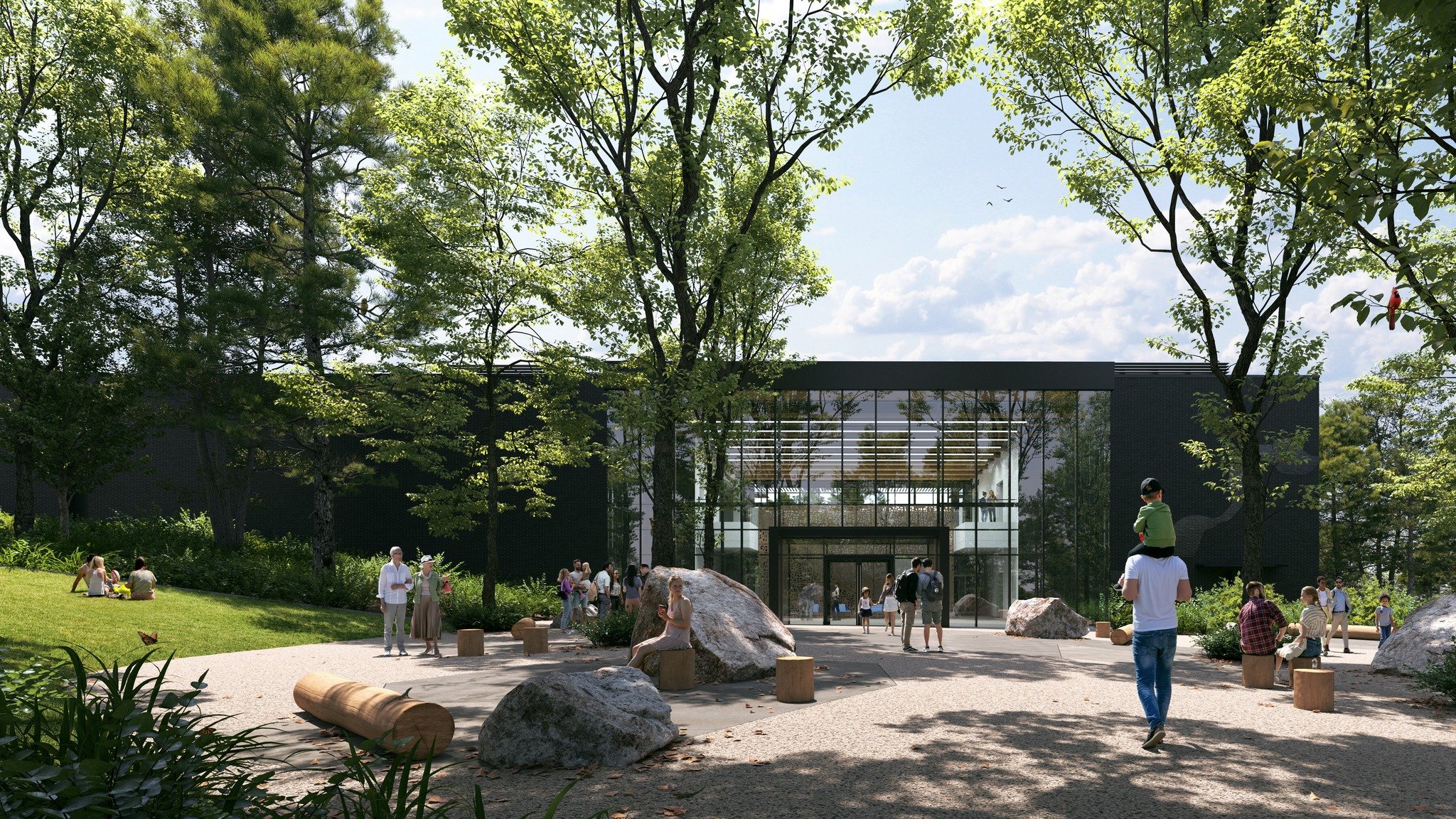IN HONOR OF BLACK HISTORY MONTH 2024, WE REFLECT ON HISTORIC PENN CENTER
Mez Joseph
Penn School was founded in 1862 as a school for formerly enslaved people. The school established a commitment to Black education, community welfare, and cultural heritage that has remained strong for over 150 years. Penn School functioned as an educational institution, health clinic, farm bureau, a catalyst for community action, and a repository for preserving St. Helena Island’s unique Gullah heritage and written history.
Original Building of the Penn School, St. Helena Island, SC (From the Penn School Collection)
At the turn of the century the school’s curriculum was revised to follow the Hampton-Tuskegee model of Black education - training students in masonry, carpentry, domestic arts, and midwifery. The school closed in 1948, but the community service and cultural preservation originated by its founders flourished through Penn Community Services, Inc., organized in 1951. Penn opened South Carolina’s first day care center for African Americans, provided a community health care clinic and a Teen Canteen.
The first basket teacher at the Penn Schoo, lSt. Helena Island, SC (From the Penn School Collection)
A class in mending & sewing at the Penn School, St. Helena Island, SC (From the Penn School Collection)
Throughout the 1960s, Penn Center sponsored and hosted interracial conferences on civil rights organized by groups including the NAACP, CORE, SNCC, Southern Regional Council, South Carolina Council on Human Relations, World Peace Foundation, and the Peace Corps. The Southern Christian Leadership Conference (SCLC) held citizenship education classes at Penn, taught by iconic organizers Andrew Young, Dorothy Cotton, Bernice Robinson, and Septima P. Clark. Andrew Young introduced Dr. Martin Luther King, Jr., to Penn Center. King, his SCLC lieutenants, and countless unnamed activists met with the SCLC at Penn five times between 1964 and 1967.
At Penn Center in 1966, the Rev. Jesse Jackson, Joan Baez, Ira Sandpearl, & Dr. Martin Luther King, Jr. (Photo Credit: Bob Fitch)
In November 1966, during a formal speech he gave at Penn Center, Dr. Martin Luther King, Jr. connected the long struggle for African American civil rights to the neglected fight for economic equality. In September 1974, the historic campus, Brick Church, and surrounding areas were listed in the National Register of Historic Places. In subsequent decades, Penn Center continued to serve as a site for church and organizational retreats, a training center for various organizations, and an educational site for Black history and culture. In January 2017, President Barack Obama designated the Beaufort National Landmark District, Camp Saxton Site, Penn Historic District and the Old Beaufort Firehouse as the Reconstruction Era National Historical Park under management of the National Park Service. In 2021, the Penn Center was added to the African American Civil Rights Network (AACRN), as well as the Reconstruction Era National Historic Network. For more information on The Penn Center visit www.penncenter.com.
Liollio Architecture is honored to have had the privilege to design the St. Helena Branch Library which houses a Gullah Geechee Special Collections area and is contiguous to the National Historic Landmark campus of Penn Center.
St. Helena Branch Library at Penn Center, St. Helena Island, SC (Photo Credit: Richard Leo Johnson)
For more information regarding National Park Service’s Gullah Geechee Cultural Heritage Corridor (established by Congress in 2006), please visit: www.nps.gov/places/gullah-geechee-cultural-heritage-corridor.htm.






























